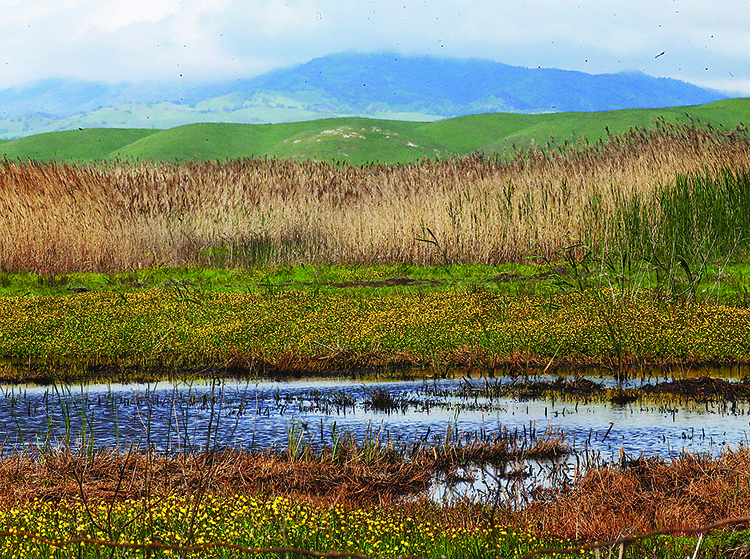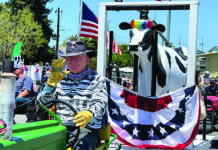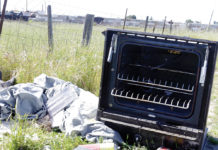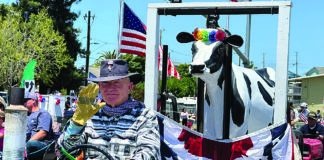Editor’s note: This is part two of photojournalist Tarmo Hannula’s recent trip to Sacramento.
After exploring Grizzly Island Wildlife Area on the morning of the second day of our road trip to Sacramento recently, my wife, Sarah, and I steered toward a string of small towns along the Sacramento River that have yielded mountains of fascinating history, rich wildlife, and easy travel into the back door of Sacramento.
Rio Vista, Isleton, Walnut Grove and Locke are dots on the map along the Sacramento River that make for relaxing stops far away from the roar of the freeway with easy street parking and inviting small town allure.
Rio Vista was initially established in 1858 as Brazos del Rio, or Arms of the River. In 1862 the town was washed away by the “great flood” and later moved farther south to higher ground where Main Street and thus, the town, became Rio Vista. It eventually became an important stopover for steamers and riverboats that traveled the waters of the Sacramento waterways and played a vital role in California becoming a state.
Crossing the river on the older steel bridges in this area provides dramatic views up and down the river and often shows off the bird life that includes magpies, killdeer, herons, American crows, several kinds of hawks and great blue egrets.

Though we’ve driven through Locke before, our stop this time stunned us as we got out of the car for a deeper look. Old wood buildings, some tilting to the pull of gravity, faded signage, rusting tin buildings and gritty shops.
The town is punctuated with Chinese history, and features informational signs and plaques that give visitors a clearer picture of how important the place is. One plaque—displayed by the Native Sons of the Golden West—states that Locke is “the largest, most complete example of a rural agricultural Chinese-American community in the U.S.”
Since time was pressing, we planned on swinging back through Locke after our Sacramento visit.
My mother was born in Sacramento, making me—on her side of the family—a fifth-generation Californian. Her family came out west from New Bedford, Conn., around the Cape and a ship known as a bark, up to San Pedro, then the Bay Area and eventually, driven by gold fever, to Sacramento and into the Sierra gold country, also called the Mother Lode. They obviously never hit a giant vein of gold, which among other things means I need to keep the day job.
So each visit there touches on family elements, such as my great grandfather once running a market in what is now Old Town. And my great aunt Emily, born in the 1880s, taking the ferry to San Francisco for the night on a from downtown Sacramento.

We took up post at the Embassy Suites on the edge of Old Town with a fourth floor view of the Sacramento River.
In the last part of this series, we explore Sacramento and then take the slow way home through Locke and beyond.













